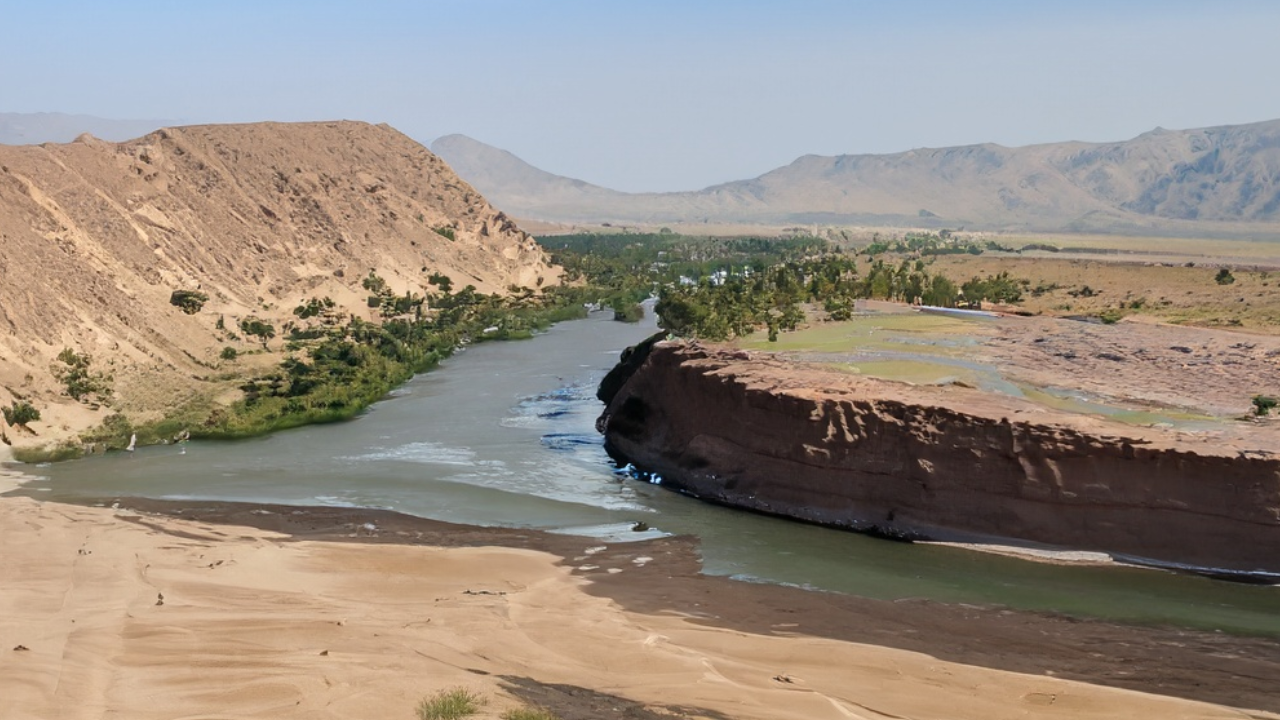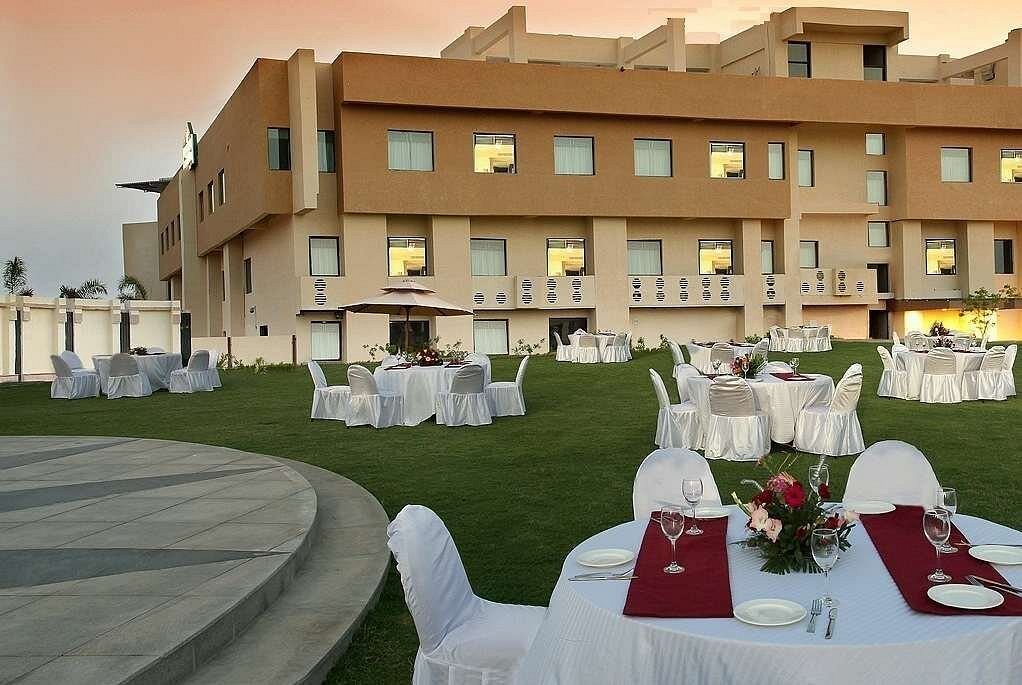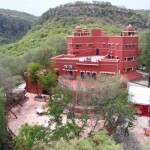A Traveler’s Guide to Hanumangarh
Table of contents [Show]
Location
Hanumangarh is located on the banks of the Ghaggar river, also known as the ancient Sarasvati river. It is about 400 km from Delhi, the capital of India. It is the administrative headquarters of Hanumangarh district in Rajasthan state.
Accessibility
You can reach Hanumangarh by road, rail or air. The nearest airport is Sri Guru Ram Dass Jee International Airport in Amritsar, Punjab, which is about 250 km away. You can take a taxi or a bus from there to Hanumangarh. Alternatively, you can fly to Indira Gandhi International Airport in Delhi and then take a train or a bus to Hanumangarh. The city has a railway station that connects it to major cities like Delhi, Jaipur, Bikaner, and Jodhpur. You can also drive to Hanumangarh by taking the National Highway 52 or 622.
Accommodation
Hanumangarh has a range of accommodation options to suit different budgets and preferences. You can find hotels, guest houses, lodges, and resorts in and around the city. Some of the popular places to stay are:
- Hotel Rajvi Palace: A three-star hotel with spacious rooms, a restaurant, a banquet hall, and a garden.
- Hotel Narang: A budget hotel with basic amenities, a rooftop restaurant, and a travel desk.
- Hotel Vicky Plaza: A modern hotel with comfortable rooms, a multi-cuisine restaurant, and free Wi-Fi.
- Hotel Vikramaditya: A luxury hotel with elegant rooms, a swimming pool, a spa, and a conference hall.
Attractions
Hanumangarh has several attractions that showcase its historical and cultural heritage. Some of the must-see places are:
- Bhatner Fort: Also known as Hanumangarh Fort, this is one of the oldest forts in India. It was built by King Bhupat of Jaisalmer in 255 AD and later captured by Raja Surat Singh of Bikaner in 1805. The fort has 52 bastions and seven gates. It also houses temples dedicated to Lord Shiva and Lord Hanuman.
- Temple of Shri Gogaji: This temple is dedicated to Gogaji, a warrior saint who is believed to have supernatural powers over snakes. The temple was built by Maharaja Ganga Singh of Bikaner in the 12th century. It has a mix of Hindu and Muslim styles of architecture. The temple has a statue of Gogaji on horseback with a snake around his neck.
- Kalibangan: This is an archaeological site that was part of the Indus Valley Civilization. It dates back to 2500 BC and has remains of human settlements, wells, streets, markets, etc. It also has terracotta tiles and coins that depict the culture and art of that era.
- Pilibanga: Another archaeological site that was part of the Indus Valley Civilization. It dates back to 2000 BC and has remains of pottery, seals, beads, etc. It also has evidence of fire altars and animal sacrifices that indicate the religious practices of that time.
Activities
Hanumangarh offers various activities for visitors to enjoy and explore. Some of the things you can do are:
- Visit the Museum at Kalibangan: This museum displays the artifacts found at Kalibangan archaeological site. You can see pottery, seals, coins, jewelry, toys, statues, etc. You can also learn about the history and culture of the Indus Valley Civilization.
- Shop at the Agricultural Market: Hanumangarh is known for its agricultural produce such as cotton and wool. You can visit the market and buy some handloom products such as carpets, rugs, shawls, etc. You can also buy some local snacks and sweets such as kachori, laddu, etc.
Enjoy the Festivals
Hanumangarh celebrates various festivals throughout the year. Some of the major ones are:
- Gogamedi Fair: This is a fair held in August or September in honor of Gogaji. It attracts thousands of devotees who come to seek blessings from the snake god. The fair has cultural programs, folk dances, music, etc.
- Gangaur Festival: This is a festival celebrated in March or April by the women of Rajasthan. It is dedicated to Goddess Parvati, the consort of Lord Shiva. The women dress up in colorful clothes and jewelry and carry earthen pots with lamps on their heads. They also sing songs and pray for the well-being of their husbands.
- Teej Festival: This is another festival celebrated by the women of Rajasthan in July or August. It marks the arrival of the monsoon season and the union of Lord Shiva and Goddess Parvati. The women fast, swing on decorated swings, apply henna on their hands and feet, and enjoy sweets and delicacies.
Safety
Hanumangarh is generally a safe place to visit. However, you should follow some basic precautions such as:
- Avoid traveling alone at night or in isolated areas.
- Keep your valuables and documents in a safe place or carry them with you.
- Beware of touts and scammers who may try to cheat you or sell you fake products.
- Respect the local customs and traditions and dress modestly.
- Drink only bottled water and eat only hygienic food.
Cost of Living
Hanumangarh is a relatively inexpensive place to visit. You can expect to spend around INR 1000 to 2000 per day for accommodation, food, transport, and sightseeing. However, this may vary depending on your choice of hotel, restaurant, mode of transport, and activities.
Local Hospitality
Hanumangarh is a place where you can experience the warm and friendly hospitality of Rajasthan. The locals are known for their welcoming nature and helpful attitude. You can interact with them, learn about their culture, and savor the delicious Rajasthani cuisine.
Personal Experience
During my visit to Hanumangarh, I was mesmerized by the rich history and cultural heritage of the place. Exploring the Bhatner Fort and witnessing the intricate architecture left me in awe. The temple of Shri Gogaji was a spiritual experience, and I was captivated by the blend of Hindu and Muslim architectural styles.
Visiting the archaeological sites of Kalibangan and Pilibanga was like stepping back in time. The well-preserved remains and artifacts gave me a glimpse into the lives of people who lived thousands of years ago.
I also enjoyed shopping at the agricultural market, where I bought beautiful handloom products and indulged in the flavors of local snacks. The vibrant festivals of Gogamedi Fair, Gangaur, and Teej added an extra charm to my visit. The enthusiasm and colors during these festivities were truly captivating.
The safety precautions I took ensured a smooth and secure trip. The cost of living was affordable, allowing me to enjoy the attractions and experiences without breaking the bank. The local hospitality was heartwarming, and I felt welcomed and cared for throughout my stay.
Hanumangarh holds a special place in my heart, and I highly recommend it to anyone seeking a blend of history, culture, and warm hospitality. It is a hidden gem waiting to be discovered.










